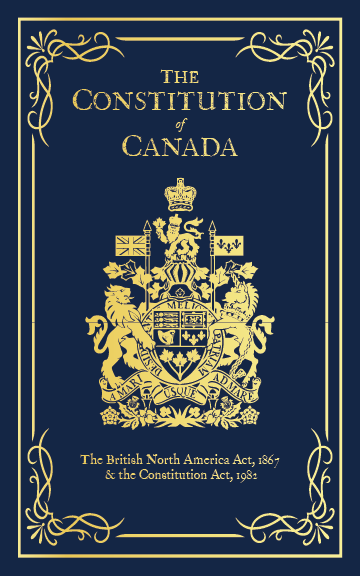The Constitution of Canada
The Constitution of Canada
Peace, order and good government. That is what the British founders wanted for the newly formed Confederation of Canada. The British North America Act of 1867 created the union of the four British provinces in North America, Ontario, Quebec, New Brunswick and Nova Scotia, under a single federal government, under a Constitutional Monarchy with a Westminster Parliament. The document laid out the responsibilities of the federal and provincial governments and a blueprint for the creation of new provinces in the territories to the north and west.
The Canadian Constitution of 1982 legally brought the Constitution of Canada to Canada itself. Formerly the Canadian constitution (BNA 1867) could only be amended by the Parliament in Great Britain. The new Constitution of 1982 introduced a charter of rights and freedoms, that were to be enjoyed by Canadian citizens.
These documents make up the legal foundation for the country we know as Canada. They were heavily influence by the Westminster model of parliamentary democracy, and the Anglo-Saxon political traditions like the Magna Carta, and the Bill of Rights 1687.



